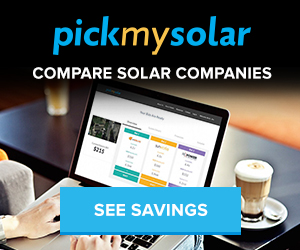If you can’t use the federal tax credit, leasing solar panels or a PPA would likely be the best option for you. With both of these options, a 3rd-party financier will take on the tax credit for you, effectively lowering your payments. These options are typically zero dollars up front. The financier does own the system and is responsible for all maintenance.
With a lease, you pay a set monthly rate and you’ll reap all the electricity the system produces. With a PPA (Power Purchase Agreement), you will pay a cents per kilowatt hour rate for exactly what the system produces. These options are very comparable, but the PPA bill may change month to month, while the lease payments will be consistent.
Both of these options may have what is called an escalator, which will give you much lower payments day 1 but will have your payments increase each year by a specific percent.
In this case study we have an old utility bill of $250. Since you aren’t purchasing your system, you aren’t able to claim the federal tax credit. With a lease and a PPA, you’re able to go zero down and pay nothing up front. The lease payment is $175 monthly. Your PPA bill will be around the same, but remember, it will fluctuate monthly based on how much energy your system produces. Since there was no longer a utility bill, that’s all you would pay each month. That leaves you with day 1 savings of $75 per month. Over the course of 20 years, which is the most common lease term, you would save $35,000. So even if you can’t claim the tax credit, solar can still be a great option for you.






Add comment